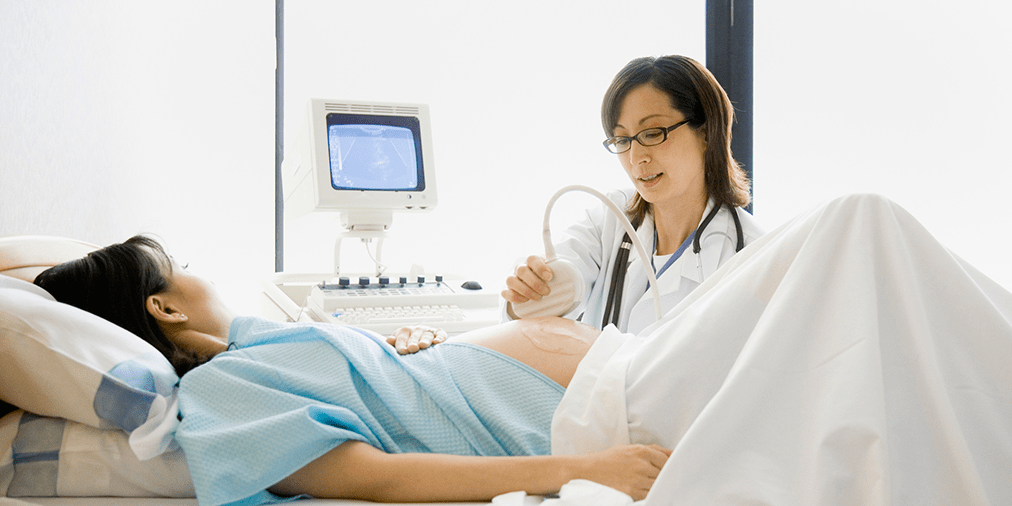
How a gynecologist helps you in every stage of your life
Adolescent age (13-18 yrs)
The adolescent should start visiting a gynecologist from the age of 13 to 15 years. Building up a relationship with the doctor enables a girl or woman to be more comfortable asking questions about menstruation, sexuality, and so on, and provides a point of contact if symptoms occur in the future. It also gives the doctor a chance to guide a woman’s overall welfare in the long term, through counseling on important health and lifestyle issues.
From ages 15 to 21, the annual visit is usually more of a conversation than an examination. In most cases, a pelvic exam is not necessary. Young women in this age group are educated about contraception, sexually transmitted infections (STIs), HPV vaccine, and home breast examination.
Childbearing Adults (18-45 yrs)
The majority of patients in this age group are interested in pregnancy prevention or becoming pregnant. At the annual visit, they are explained about contraception options, fertility options, preconception counseling, and what may work best for them in their lifestyle and stage of life.
For women who are planning on becoming pregnant, a collaborative approach is taken to see if genetic counseling or screenings are indicated. If there are medical issues to consider, such as high blood pressure or diabetes, these issues are improved prior to pregnancy.
PAP test: At age 21, it is recommended that women should have their first Pap test. The Pap test is recommended every three years between ages 21 and 30 to test for cervical cancer and HPV.
Family planning: Ages 22 to 44, Starting at this stage in life, the annual visit comprises of blood pressure checks and body mass index (BMI). Details about family medical history, nutrition, exercise taken. Weight reduction advised reducing the risk of Type 2 diabetes and certain cancers in the future. The annual exam includes a breast exam, an abdominal exam, and a pelvic exam to check for abnormalities, such as lumps or painful areas, and acknowledge your concerns.
Starting at age 30, it’s recommended that women start getting tested for human papillomavirus (HPV). HPV is common among this age group and often has no symptoms.
Some strains of HPV can cause cervical cancer, genital warts, or oral and neck cancer if left untreated. There is now an HPV vaccine that children should begin to receive at a younger age, typically around age nine, but many women in their 30s have not received it as a child. The vaccine is now suggested up to the age of 45.
The HPV test can be done at the same time and from the same sample as the PAP test. Under current guidelines, the test can be done every three to five years as long as the PAP test is normal and HPV is not present. If there are any abnormalities with the PAP test, the doctor will determine how often the patient should come back for testing.
Most women this age have some sort of menstrual problem, also many women develop ovarian cysts that come and go with their periods. If there is a cyst or lump in the abdomen during a pelvic exam, ultrasound is done to determine the cause. Ultrasounds can be done abdominally or transvaginally (inside the vagina with an ultrasound wand).
Perimenopausal women ( Ages 45 – 54yrs)
The average age of menopause is 50 to 52. At this stage in life, many women are having irregular or heavy periods. Their hormones may be fluctuating, leading to typical menopause symptoms, such as night sweats, mood swings, and hot flushes. All these issues are addressed at your annual visit and further treatment is advised accordingly. There are many options to treat these symptoms, including
- Lifestyle changes (diet and exercise)
- Medication, Hormone replacement therapy
- Alternative, complementary approaches, such as meditation and acupuncture
This is also the age when most women should be having regular screenings for a number of other potential issues. Tests like mammograms, bone density screenings, and colonoscopies can help women keep a clean bill of health as they get older. if a woman doesn’t have a strong family history of breast cancer, we usually recommend starting mammograms at age 40. If there’s a strong family history of breast cancer, such as a mother or sibling, the recommendation is to start mammograms roughly 10 years prior to the age the relative had breast cancer. For example, if your mother had breast cancer at age 45, the recommendation for you would be to start annual mammograms at age 35.
The other issue at this age is bone health. While a woman is still having her period and producing hormones, estrogen protects the bones. Once a woman stops having her period, the ovaries decrease the amount of estrogen being produced and there is some bone loss, which can lead to osteoporosis, which can put you at risk of fracture.
At the annual visit, counselling about exercise and diet strategies is done to help protect your bones. Many women will do a baseline bone density test at this age to see where they stand, especially if they have a strong family history of osteoporosis.
Age 55 and onward
In this age range, women often encounter more issues with hormone changes. Vaginal dryness and decreased sexual desire often become concerns; the treatment for these issues, including counseling is needed.
As a woman enters her 60s and 70s, there is more concern about the vulva – the outside of the vagina. Aging changes can cause irritating or painful symptoms. One such condition, lichen sclerosis, causes skin changes related to decreased estrogen production. The condition can cause a lot of itching and irritation, and also can be pre-cancerous. The vulva should be examined closely during the annual visit, particularly after age 55, to treat and manage skin conditions and potentially detect early-stage cancer.
